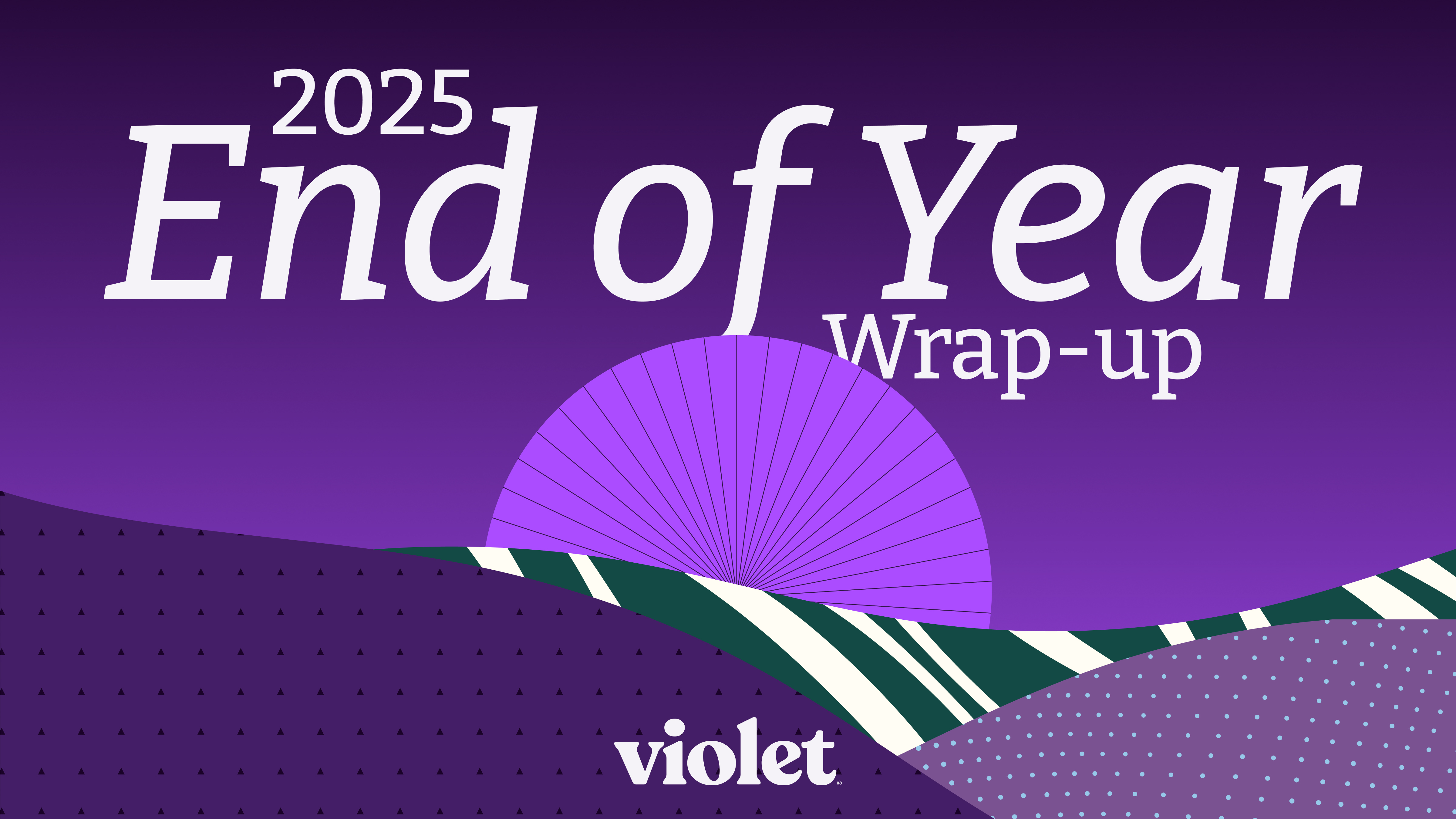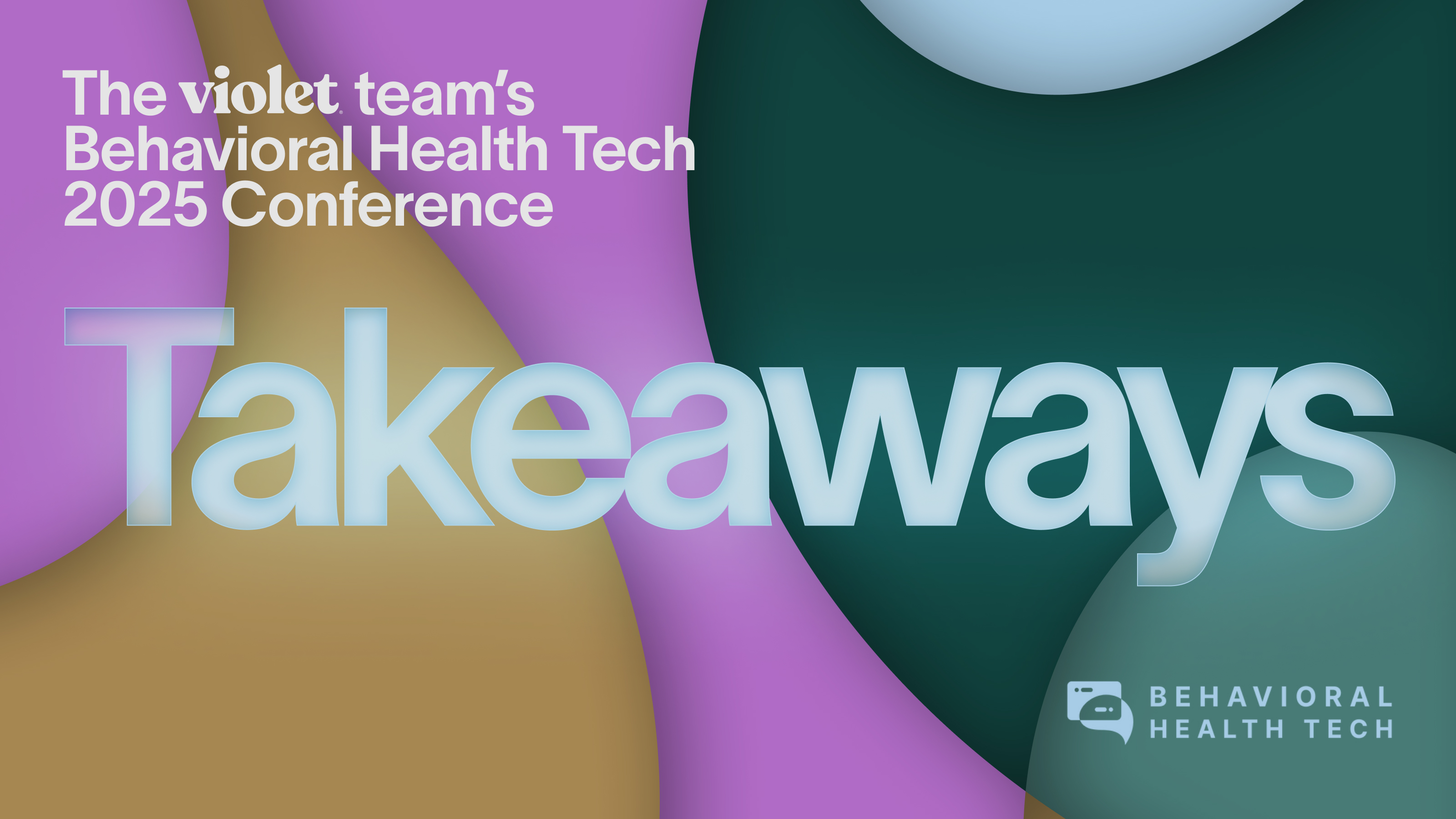Culturally competent care improves patient adherence, retention, satisfaction, and health outcomes. And yet, recent data from the Harris Poll show “nearly half of BIPOC Americans have received low-quality care in the last year and have sought a second opinion because they felt their initial concerns were dismissed.”
Being a culturally competent provider means having a set of behaviors, attitudes, and policies to effectively care for culturally diverse patients.
Culturally competent clinicians are able to respectfully communicate and deliver quality care to individuals who have different backgrounds, abilities, spoken languages, cultural and religious beliefs, or traditions other than their own.
A recent survey from Healthgrades reported that “31% of responding physicians agreed that their level of cultural competence affected their ability to provide the best possible care for their patients either somewhat or a lot.”
Being culturally sensitive builds trust and opens the door to better care.
So how do you effectively train health care professionals to be more culturally competent? It requires a combination of knowledge, sensitivity, and challenging one’s own beliefs and biases.
We won’t be able to cover everything in a single blog post, but we can walk you through what Violet believes are the most important strategies for implementing cultural competence training.
Why is cultural competence training important for clinicians?
For some individuals, it can feel necessary to compartmentalize their needs as patients and their needs as people.
When seeking health care, they may have to prioritize their needs as patients over their identities. A culturally competent clinician sees the patient as a whole person whose identities influence their health.
Unsurprisingly, having a culturally competent provider can improve patient experience in a number of ways, including:
- Better communication. Patients are much more likely to open up to a clinician who is respectful of their identities and makes a sincere attempt to understand their culture. Other resources, like providing translations for non-English speaking patients, can provide clarity around procedures and instructions and help avoid misunderstandings.
- Better treatment adherence. Patients are more willing to follow medical advice and attend appointments when they believe their provider is nonjudgemental. For example, using an inclusive framework to take a patient’s sexual history, is one way to establish a shame-free environment.
Best practices for BIPOC and LGBTQIA+ cultural competency training.
Before we jump in, it’s important to note that the umbrella terms BIPOC (Black, Indigenous, and People of Color), and LGBTQIA+ (Lesbian, Gay, Bisexual, Transgender, Queer, Intersex, Asexual, and more) encompass vastly diverse communities.
Each letter in these acronyms contains a multitude of races, ethnicities, cultures, sexual identities, gender identities, gender expressions, as well as health care needs, forms of discrimination, and disparities related to each.
With that in mind, we present our recommendations for training clinicians who work with culturally diverse communities:
- Take an intersectional approach. Intersectionality is the practice of acknowledging a patient’s many identities that combine to create different aspects of discrimination and privilege. Taking an intersectional approach means understanding that a single patient may have multiple identities that intersect between the BIPOC, LGBTQIA+, Disabled, and Neurodivergent communities, and how systems of oppression interact with these identities to create differential access to care. If you are not sure how your patient identifies, just ask!
- Learn the importance of a patient’s history with the health care system. If you’ve used the health care system throughout your life with relative ease, you may assume that it’s the same for everyone else. However, for many patients of culturally diverse backgrounds, stigma, traumatic experiences, and communication barriers are common occurrences. A patient may be hesitant to share their pronouns or chosen name for fear of being purposefully misgendered, they may have dealt with microaggressions around their language, culture, or country of origin, or they may not want speak up about their symptoms because of previous struggles to get providers to believe their experiences. Understanding how a person's identities impact the way they interact with the health care system can give you more context for their attitudes and behaviors. And when these experiences are acknowledged in a compassionate way, it can build a stronger patient-provider relationship.
- Don’t focus solely on risk factors and health disparities. While it’s important to learn about the health disparities that affect BIPOC and LGBTQIA+ communities, these statistics (which are often dire) should not be the only information provided in a training. Cultural competence is much more than absorbing facts about health disparities, and time should be spent on celebrating the unique stories and cultures within the BIPOC and LGBTQIA+ communities. Risk factors tend to outnumber protective factors in cultural competence education, and often in clinical education materials in general. Risk factors are important to flag, but learning about protective factors is equally important, and so is helping your patients identify the positives in their day-to-day lives and the support systems within their communities.
- Learn how to identify biases. A major component of cultural competence training is learning how to recognize your own implicit and explicit biases and working out strategies to reduce them. Biases are a normal part of human cognition, and although you may not always notice them, they can affect your attitudes and behaviors and impact your patients as a result. Making assumptions about a patient based on their race, ethnicity, language, religion, level of education, employment status, age, weight, Disability, HIV status, substance use history, or whether or not they use public health insurance are some of the many ways bias can present itself in clinical interactions.
- Incorporate cultural humility. Practicing cultural humility is understanding that while you can never be fully competent about the evolving and dynamic nature of a patient's experiences, you can be intentional and humble in your desire to center identity in the care you deliver. Cultural humility is a complex combination of self-reflection, recognizing and mitigating power imbalances, and institutional accountability. It’s not an end goal, but rather a commitment to an ongoing process.
- Ongoing learning and self-reflection. What defines a culturally competent provider is always changing, educational materials will continue to be updated, and the words people within BIPOC and LGBTQIA+ communities use to describe their identities will continue to evolve. Cultural competence training should create a space where one can be curious, challenged, and open to making mistakes. Being comfortable not always knowing the answer is a way to practice cultural humility and an ongoing part of being a culturally competent provider. To begin your journey, find individual and group exercises in Violet’s Allyship Toolkit.
Get started with Violet.
Our goal is to make cultural competence the new standard in health care. That’s why we’re helping organizations uncover inclusivity across their care delivery teams with our unique approach to cultural competence training.
Cultural competence can help your team overcome the many obstacles presented in staffing, patient retention, and more. Violet helps everyone on your team provide inclusive care, regardless of their background or experience.
Violet is trusted by leading health care organizations to improve inclusive care delivery. Read the announcement of our joint partnerships here.
To learn more about Violet’s cultural competence training, request a demo today.

.svg)





.png)



.png)

.svg)



.svg)

